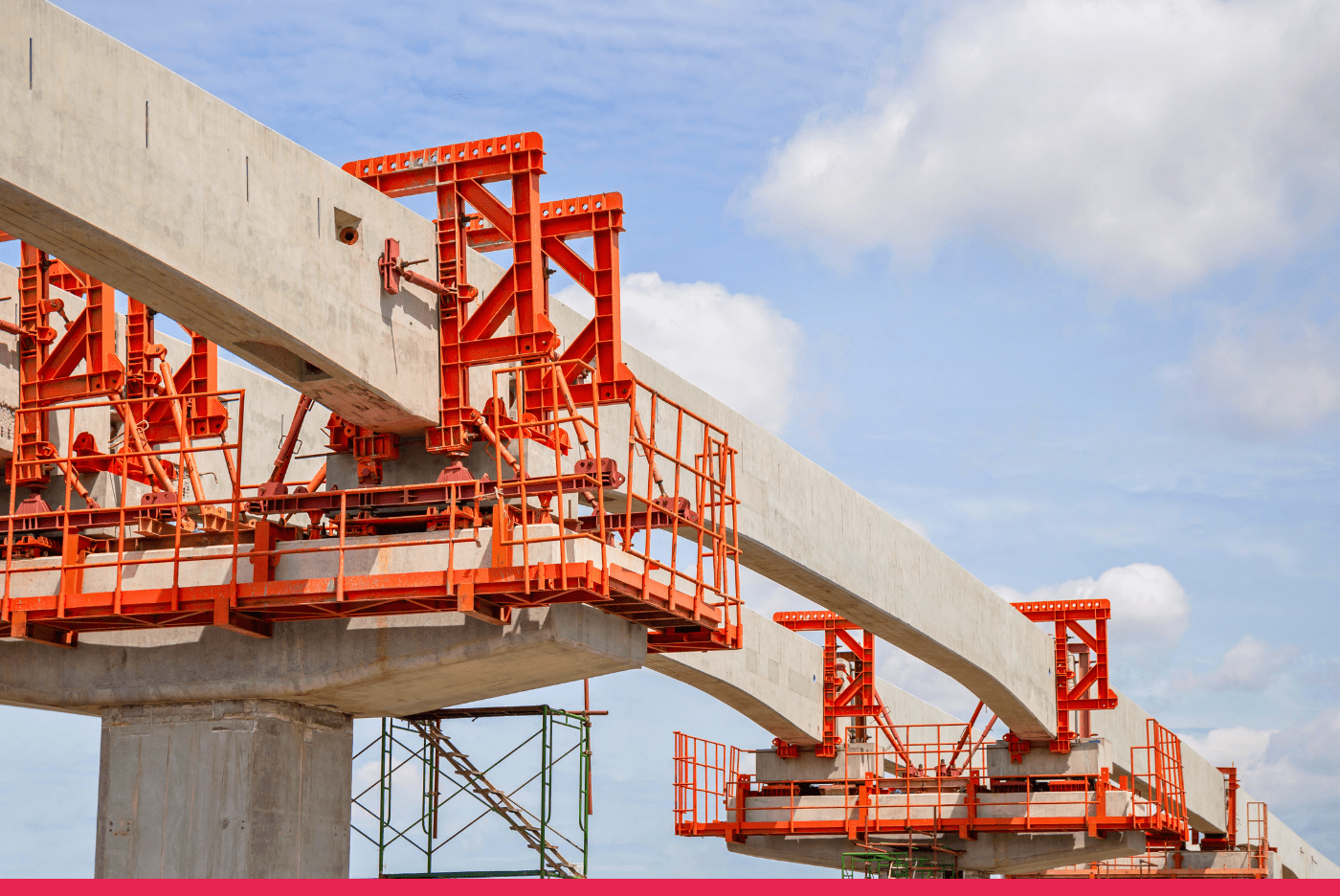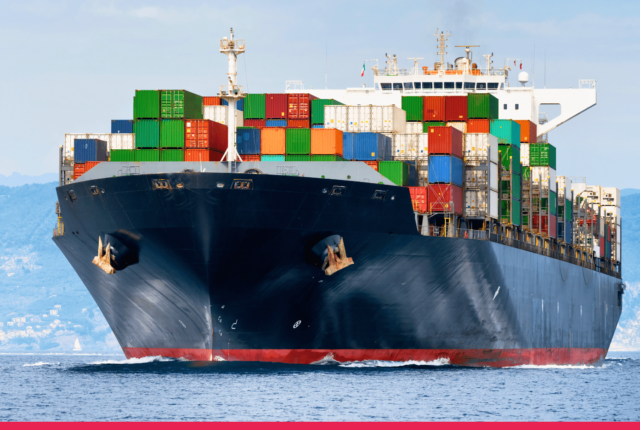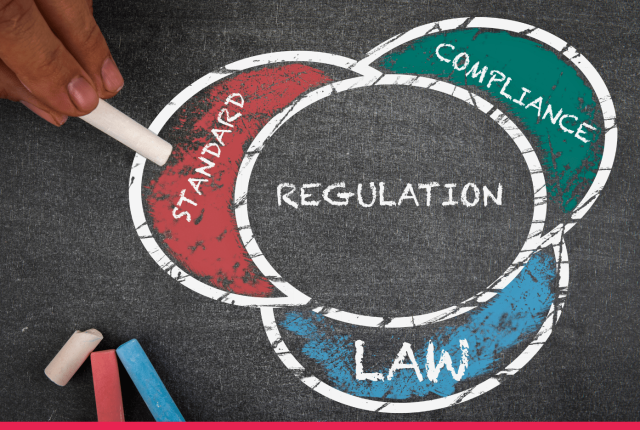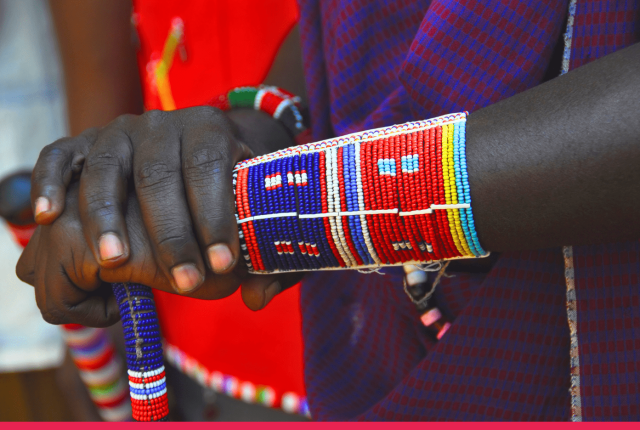
The Infrastructure Imperative: Connecting Africa for Growth and Prosperity
Introduction
Infrastructure is the foundation of economic development. Across Africa, inadequate transport networks, unreliable energy systems, and limited digital connectivity hinder growth. However, transformative projects like the LAPSSET Corridor are changing this narrative, enabling trade, investment, and regional integration.
This article explores the current state of Africa’s infrastructure, the challenges and opportunities for development, and why investing in large-scale projects is crucial for long-term prosperity.
The State of Infrastructure in Africa
Africa’s infrastructure deficit is a well-documented barrier to economic progress. According to the African Development Bank (AfDB):
- More than 600 million people lack access to electricity.
- Only 43% of the population has access to modern transport systems.
- Internet penetration remains below 40% in many regions.
These deficiencies increase the cost of doing business, limit market access, and reduce the competitiveness of African economies.
Why Infrastructure Investment is Critical
1. Boosting Economic Growth
Efficient transport networks lower logistics costs, improve access to markets, and increase productivity. Countries that invest in roads, ports, and railways experience GDP growth rates that are 1.5-2% higher than those that do not.
2. Enhancing Trade and Regional Integration
Projects like the LAPSSET Corridor and the African Continental Free Trade Area (AfCFTA) depend on infrastructure to facilitate seamless cross-border trade. Better connectivity means lower trade costs and faster movement of goods.
3. Attracting Investment
Investors seek stable environments with reliable infrastructure. Improved energy access, transport networks, and digital connectivity attract Foreign Direct Investment (FDI) and drive industrialization.
Key Infrastructure Sectors Driving Growth
1. Transport Infrastructure
Modern roads, railways, and ports are essential for trade and economic diversification.
- LAPSSET Corridor: A key example, linking Kenya, Ethiopia, and South Sudan.
- Standard Gauge Railway (SGR): Enhancing cargo movement in East Africa.
- Major road networks: Expanding highway connections between African nations.
2. Energy Infrastructure
Reliable energy supply is essential for industrialization and economic growth.
- Grand Ethiopian Renaissance Dam (GERD): A major project set to increase electricity supply in East Africa.
- Off-grid solar solutions: Expanding energy access to rural communities.
- Natural gas and oil pipelines: Facilitating energy trade across Africa.
3. Digital Infrastructure
The future of African economies depends on digital connectivity.
- Broadband expansion: Increasing internet access across the continent.
- Tech hubs and innovation centers: Supporting Africa’s digital entrepreneurs.
- E-government services: Enhancing efficiency in public administration.
The Challenges of Infrastructure Development
Despite its benefits, infrastructure development in Africa faces several challenges:
1. Funding Gaps
The AfDB estimates that Africa needs $130-$170 billion annually for infrastructure development, yet funding shortfalls persist. Public-Private Partnerships (PPPs) offer a viable solution.
2. Regulatory and Bureaucratic Hurdles
Complex approval processes, inconsistent policies, and governance challenges slow down infrastructure projects.
3. Security and Political Stability
Cross-border projects like LAPSSET require regional cooperation. Political instability and security threats can delay progress and increase costs.
Success Stories: How Africa is Overcoming Infrastructure Challenges
1. LAPSSET Corridor
This ambitious project is transforming East Africa’s connectivity by linking Kenya’s Lamu Port to Ethiopia and South Sudan through railways, highways, and pipelines.
2. West Africa Power Pool (WAPP)
A regional initiative improving electricity access and interconnectivity across West African countries.
3. Undersea Fiber-Optic Cables
Projects like SEACOM and EASSy have significantly boosted Africa’s internet penetration and digital economy.
FAQs
Q: Why is infrastructure investment important for Africa?
A: Infrastructure enhances trade, attracts investment, and drives economic growth, reducing poverty and improving living standards.
Q: What are the biggest barriers to infrastructure development in Africa?
A: Funding gaps, regulatory hurdles, and security challenges are the main obstacles to infrastructure expansion.
Q: How does LAPSSET contribute to Africa’s economic growth?
A: LAPSSET improves connectivity, facilitates trade, and unlocks investment opportunities across East Africa.
Conclusion
Africa’s infrastructure imperative is clear: without efficient transport, energy, and digital networks, economic transformation remains a challenge. Strategic investments in projects like LAPSSET are essential to unlocking the continent’s full potential.
Call-to-Action: Stay informed on Africa’s infrastructure developments. Subscribe to our updates and discover investment opportunities with Afri-Fund Capital.



Leave a Reply